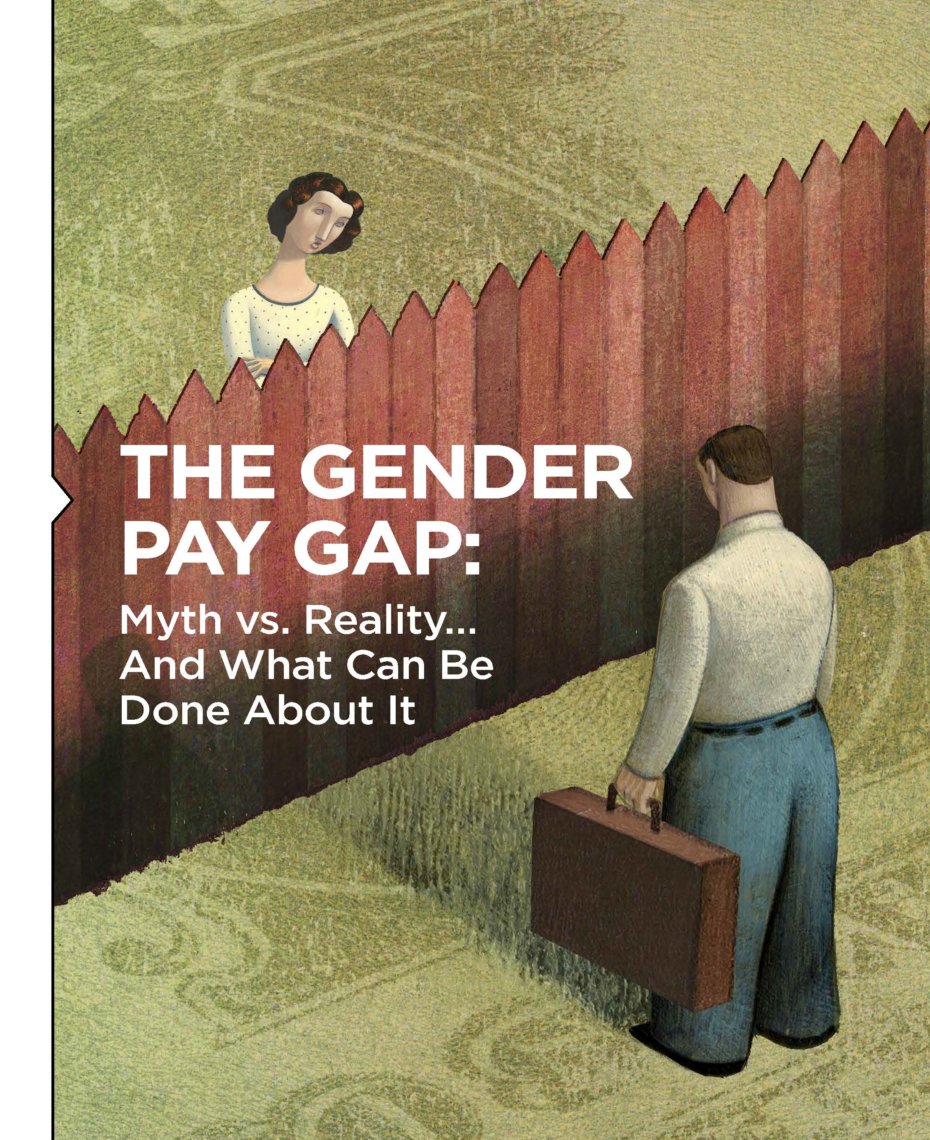NPR October 1, 2018 By Laurel Wamsley California will be the first state to require publicly traded companies to have at least one woman on their board of directors. The law, signed by Gov. Jerry Brown on Sunday, requires public companies whose principal executive offices are located in California to comply by the end of 2019. The minimum is two …
THE GENDER PAY GAP: Myth vs. Reality… And What Can Be Done About It
BY BEN FROST
KORN FERRY HAY GROUP
What makes the gender pay
issue a board-level concern?
In a word, profitability.
According to the Peterson Institute for International Economics’
recent study of 21,980 companies in 91 countries, the presence of
more female leaders in top positions of corporate management correlates
with increased profitability.
The gender pay gap has become a rallying cry among shareholder
groups, in the media and also as a much-talked-about issue during
the US presidential election season. According to one widely quoted
statistic from the Institute for Women’s Policy Research (IWPR): “In
2015, female full-time workers made only 79 cents for every dollar
earned by men, a gender wage gap of 21 percent.” That quote has
been repeated, reprinted and retweeted countless times, but how
accurate is it?
While there is some consensus that a gender pay gap exists, what is it
really? Equally important, what are the causes, and what can organizations
to do to ensure that individuals are paid what they are worth,
regardless of gender?
AN APPLES-TO-APPLES COMPARISON
Korn Ferry Hay Group set out to create a more accurate view of what
the gender pay gap actually is. We had one advantage at the outset,
one lacking in other analyses: We were able to control for job level—
the biggest driver of pay. Our pay database holds compensation data
for more than 20 million employees in more than 110 countries andacross 25,000 organizations, making it the largest and the most comprehensive
such database in the world. In addition, for every country for
which we have the granular data (in this case for 33 countries), we were
able to compare pay for men and women at the same job level; at the
same job level and in the same company; and at the same job level, in the
same company and in the same function.
By isolating the main factors that influence pay—job level, company and
function—we found that the actual gender pay gap looks far different
from the image broadcast in the media. In fact, the deeper we drilled into
the data, the smaller the pay gap became. And when we compared like
with like, it became so small as to virtually disappear.


